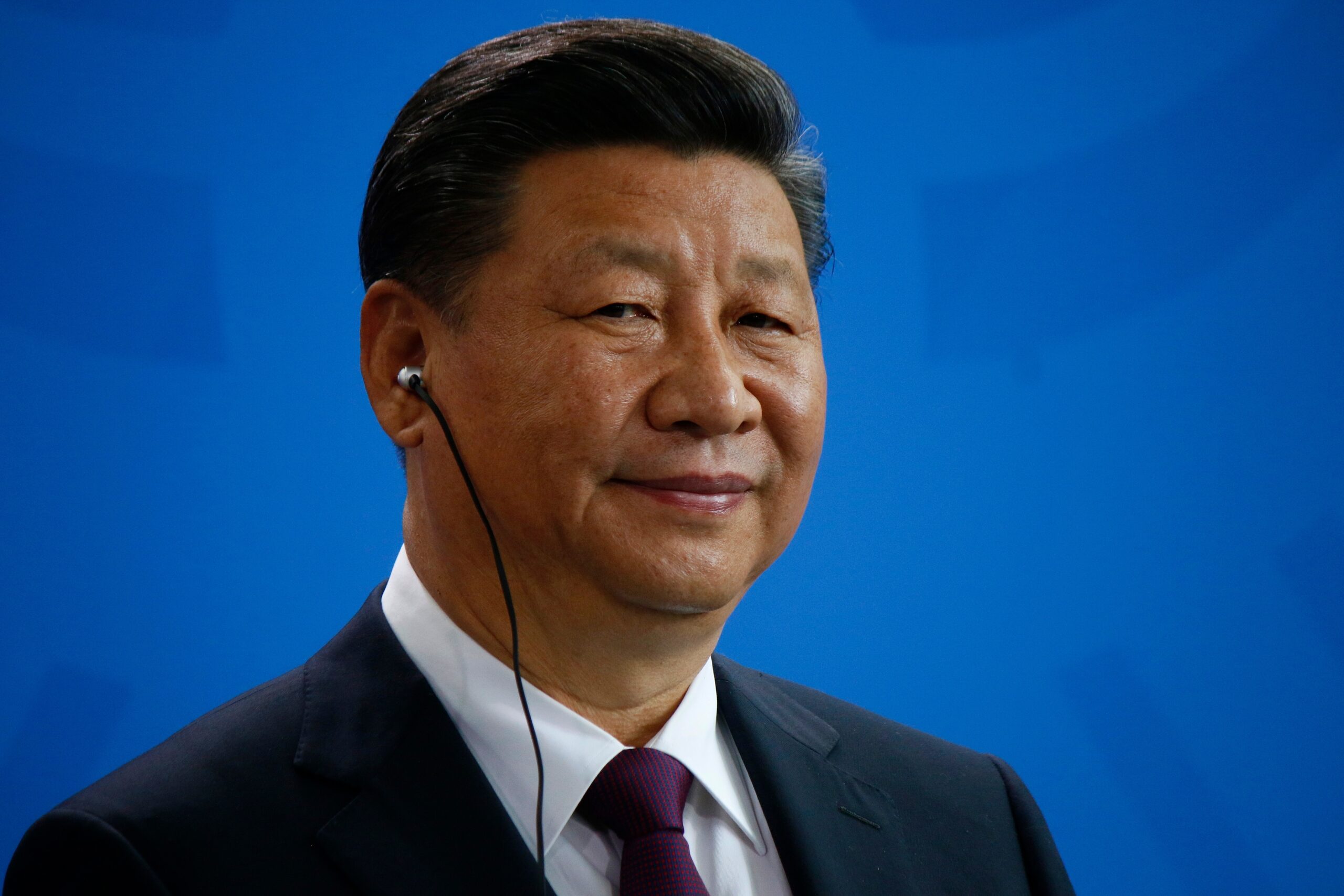Xi’s Southeast Asia Tour – US FUMES!

Chinese President Xi Jinping embarks on a strategic Southeast Asian tour to strengthen regional alliances as the United States imposes staggering 145 percent tariffs on Chinese goods.
At a Glance
- Xi Jinping will visit Vietnam, Malaysia, and Cambodia from April 14-18 in his first foreign trip of 2024
- The diplomatic mission comes amid escalating U.S.-China trade tensions and American tariffs on Chinese products
- China expects to sign approximately 40 agreements with Vietnam, including railway infrastructure projects
- This marks Xi’s first visit to Cambodia in nine years and Malaysia in twelve years
- China is actively working to align regional partners against U.S. trade policies
Strategic Timing Amid Growing Trade War
Chinese President Xi Jinping’s five-day tour of Vietnam, Malaysia, and Cambodia represents Beijing’s calculated response to mounting economic pressure from Washington. The trip, scheduled from April 14-18, marks Xi’s first overseas journey of 2024 and comes at a critical moment when the United States has implemented punishing 145 percent tariffs on Chinese goods.
The timing demonstrates China’s determination to shore up regional support and strengthen economic ties with its Southeast Asian neighbors who are also feeling the impact of America’s aggressive trade policies.
Southeast Asian nations like Cambodia, Vietnam, and Malaysia have themselves been affected by U.S. tariffs and are seeking relief from economic pressures. Xi’s diplomatic offensive aims to position China as a reliable partner and potential counterweight to American economic influence in the region.
Beijing has been actively engaging with multiple countries and regional blocs, including the European Union, to build solidarity against what it perceives as unfair U.S. trade practices.
Strengthening Ties with Vietnam
Xi’s first stop in Vietnam follows his previous visit in December 2023, reflecting the accelerated pace of engagement between the two communist nations. His trip comes at the invitation of Vietnamese President Luong Cuong and is expected to yield approximately 40 bilateral agreements. Many of these deals will focus on railway infrastructure, with Vietnam seeking Chinese funding and technology to modernize its transportation network. The agreements may also extend to cooperation between defense and police ministries, though the binding nature of these arrangements remains unclear.
Vietnam’s approach to its powerful northern neighbor illustrates what analysts call “bamboo diplomacy” – a delicate balancing act between China and the United States. While Vietnam shares American concerns about China’s assertiveness in the South China Sea territorial disputes, it maintains close economic ties with Beijing. Chinese state media Xinhua has emphasized that bilateral relations with Vietnam represent “all-round cooperation,” highlighting the multifaceted nature of their partnership despite ongoing maritime tensions.
Expanding Influence in Malaysia and Cambodia
Xi’s visit to Malaysia from April 15-17 marks his first trip to the country in twelve years, signaling China’s renewed focus on this strategically important Southeast Asian nation. Malaysian Communications Minister Fahmi Fadzil has underscored the significance of the visit, noting it represents part of his government’s broader strategy to enhance trade relations with various countries, particularly China. Malaysia has increasingly positioned itself as an important economic partner for Beijing amid the shifting global trade landscape.
In Cambodia, Xi aims to reinforce what Chinese state media describes as an “ironclad” friendship. China has invested heavily in Cambodia’s infrastructure under former leader Hun Sen, and Phnom Penh views the upcoming visit as a milestone in strengthening traditional ties. This will be Xi’s first visit to Cambodia in nine years, reflecting China’s commitment to maintaining close relations with one of its most reliable partners in Southeast Asia. Chinese state media has emphasized that the bond between the two nations is like “flowing water cannot be severed,” highlighting the enduring nature of their relationship.
Broader Diplomatic Efforts
Beyond Southeast Asia, China is working diligently to build a coalition against U.S. trade policies. Chinese officials have engaged in talks with the European Union, Saudi Arabia, and South Africa to promote what Beijing characterizes as a fairer global trading system. Recently, Chinese Premier Li Qiang discussed trade system reforms with European Commission President Ursula von der Leyen, seeking common ground with Brussels despite ongoing tensions. These parallel diplomatic initiatives demonstrate China’s comprehensive approach to counterbalancing U.S. economic pressure.
Meanwhile, in a separate but related diplomatic development, the UK’s Chief of the Defence Staff, Admiral Sir Tony Radakin, visited China in early April – the first visit by a British military chief in a decade. During his trip, Radakin met with senior Chinese military officials in Beijing to discuss “issues of common concern,” according to China’s defense ministry. This high-level military engagement occurs as Western nations reassess their security relationships in the Indo-Pacific region amid rising tensions between major powers.












